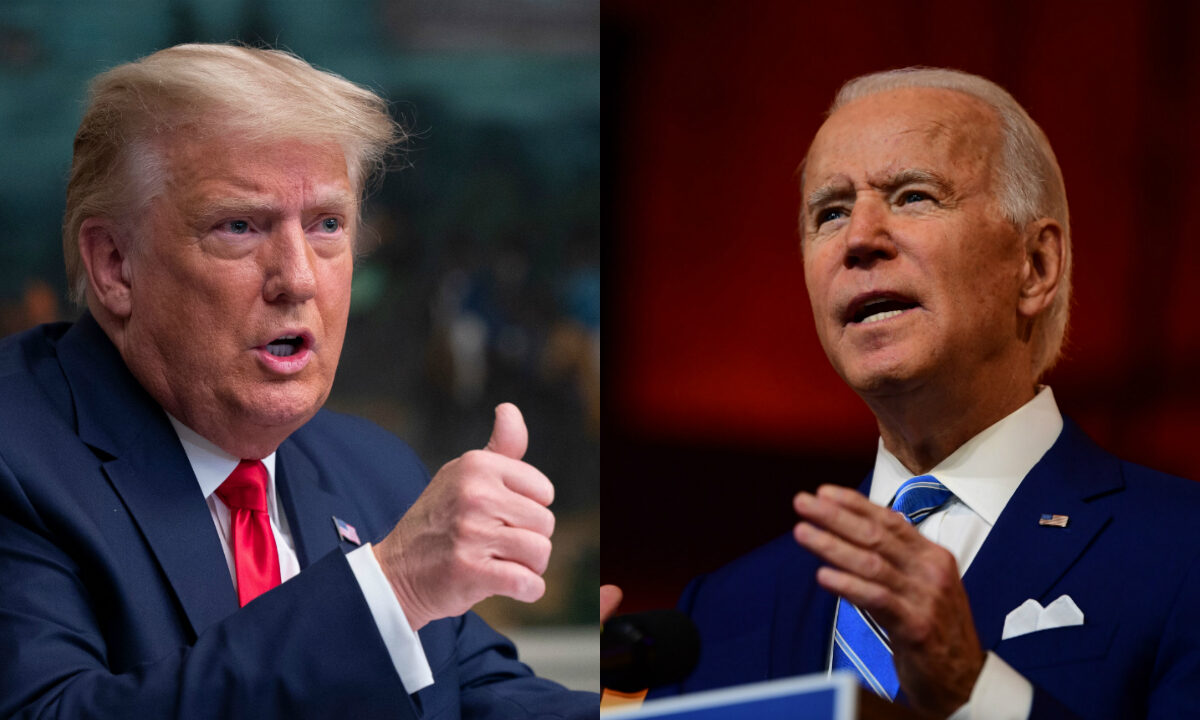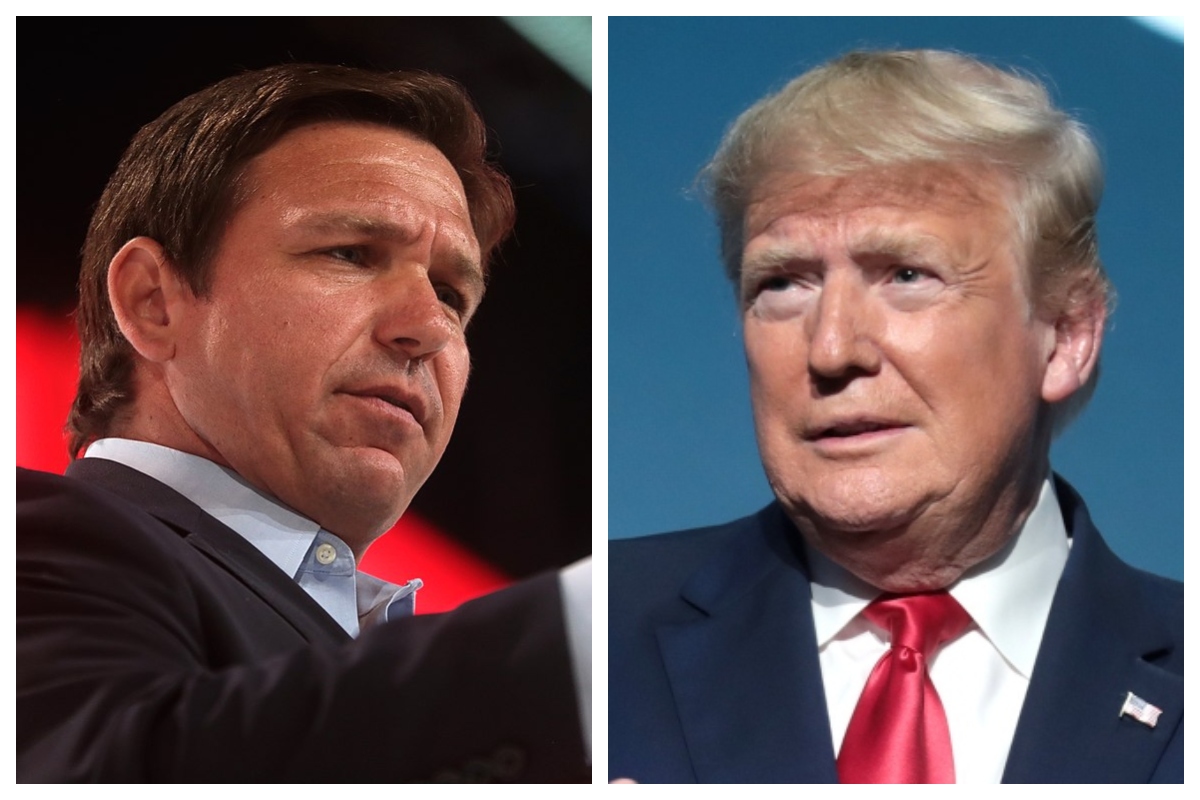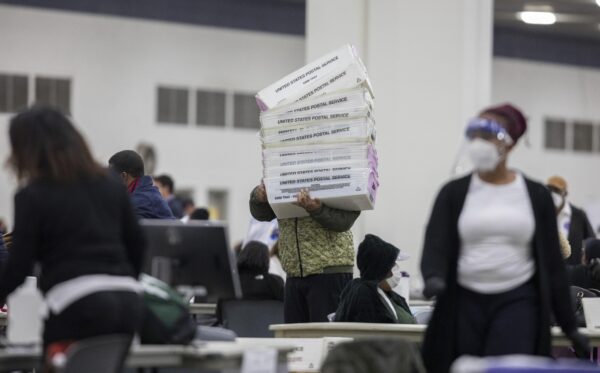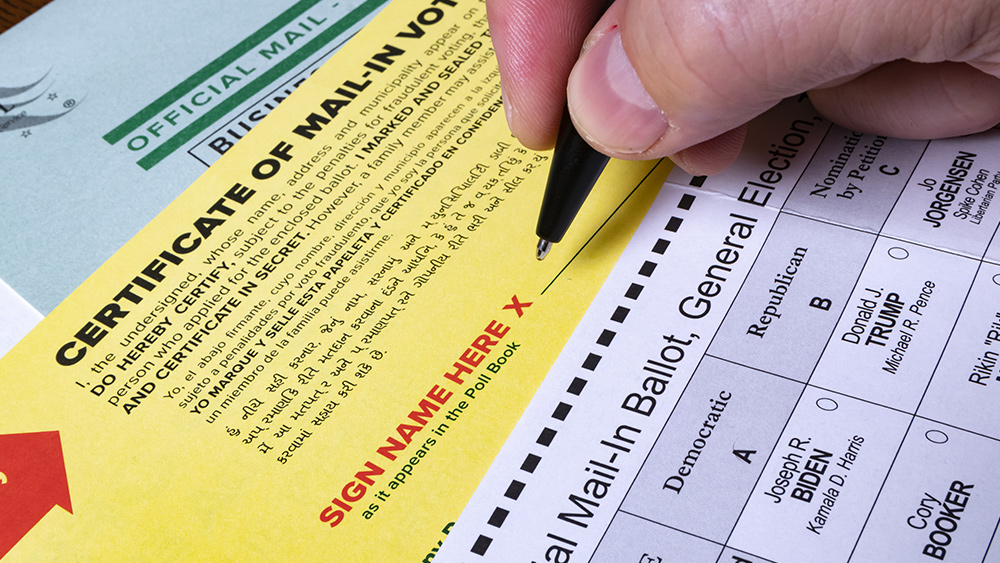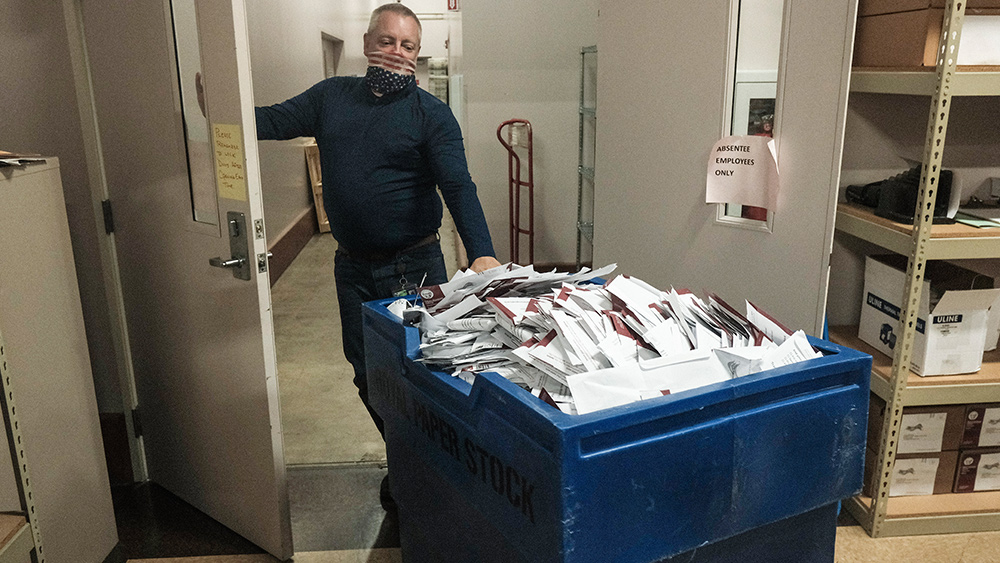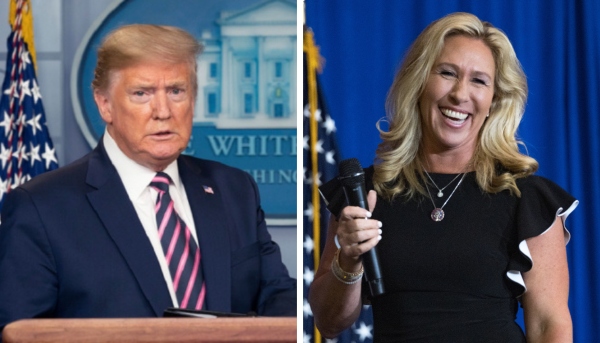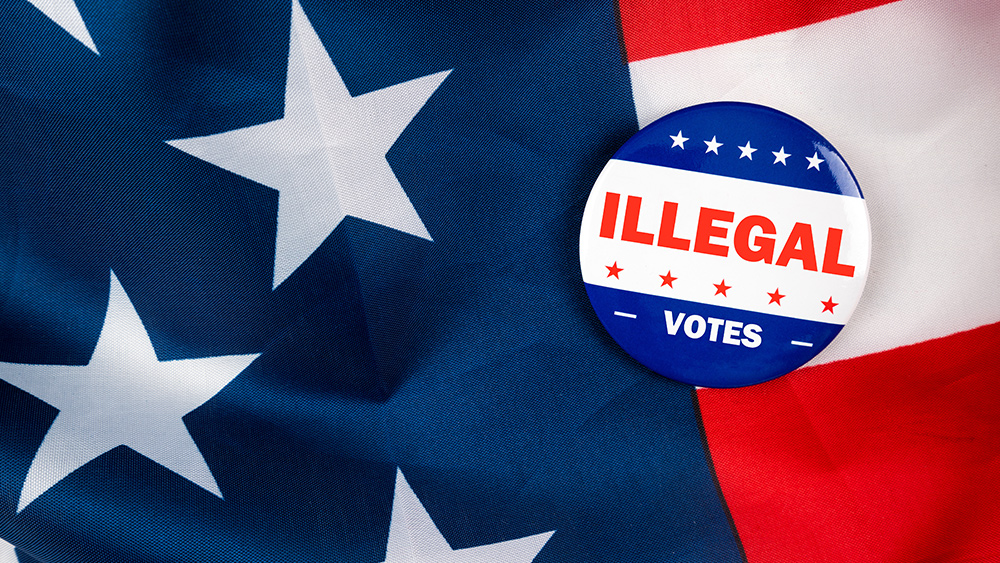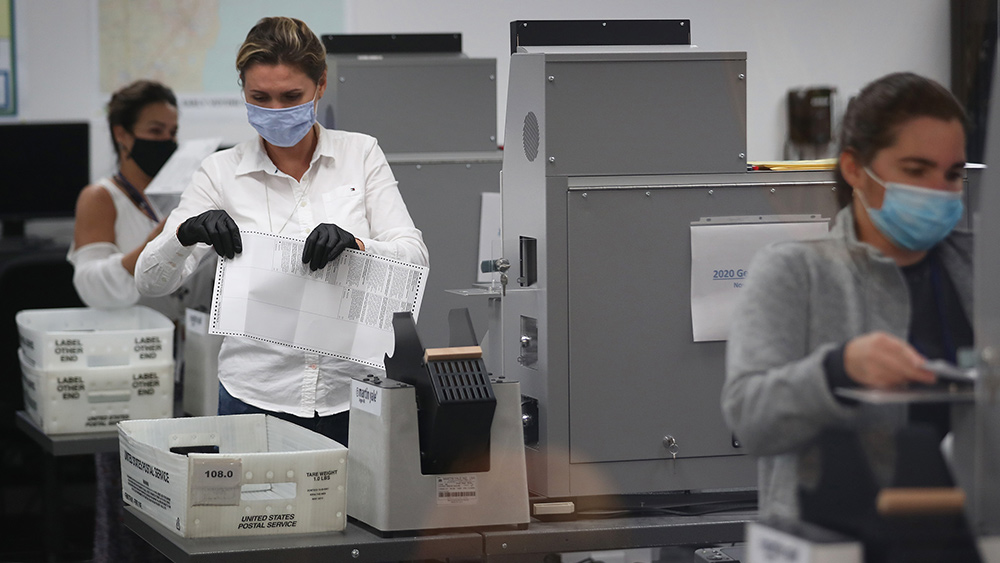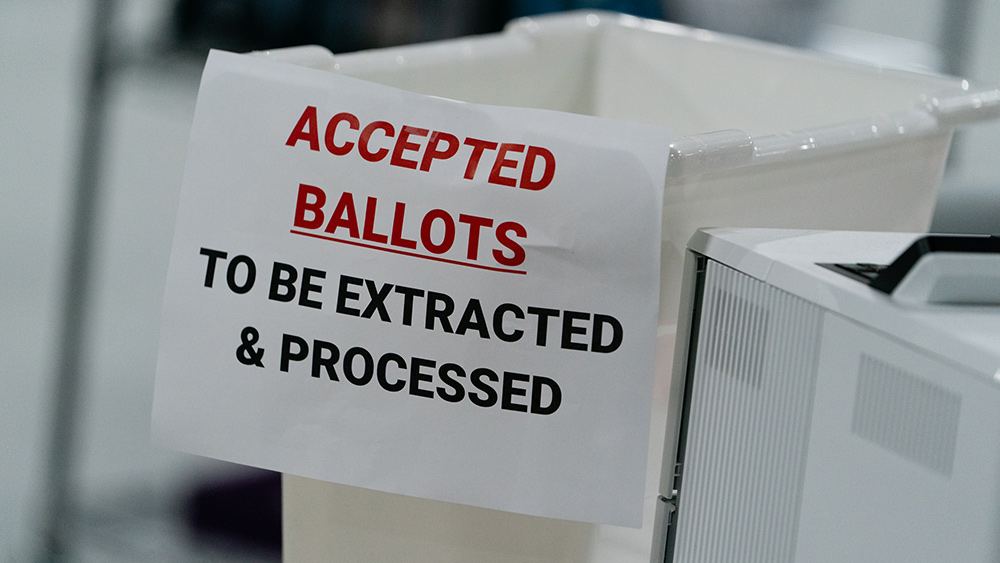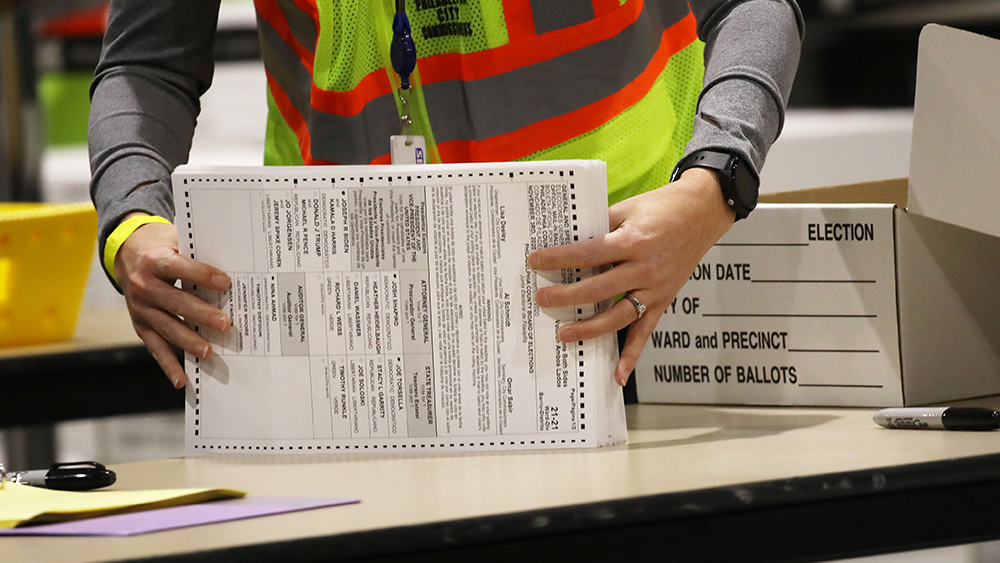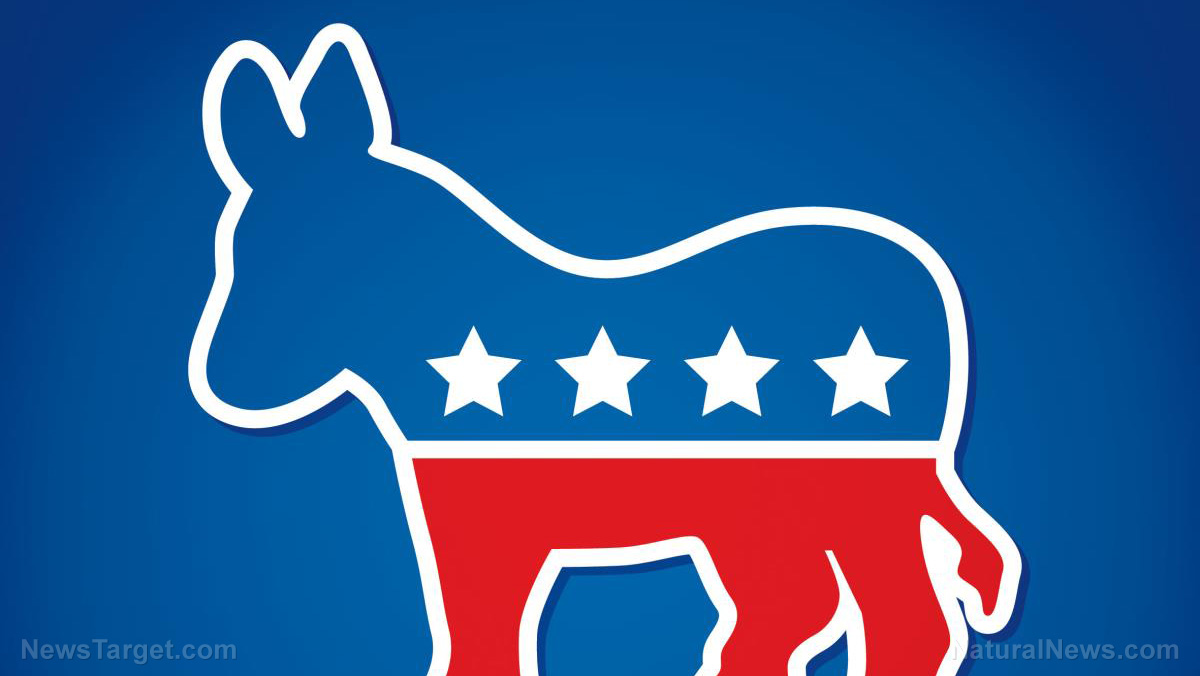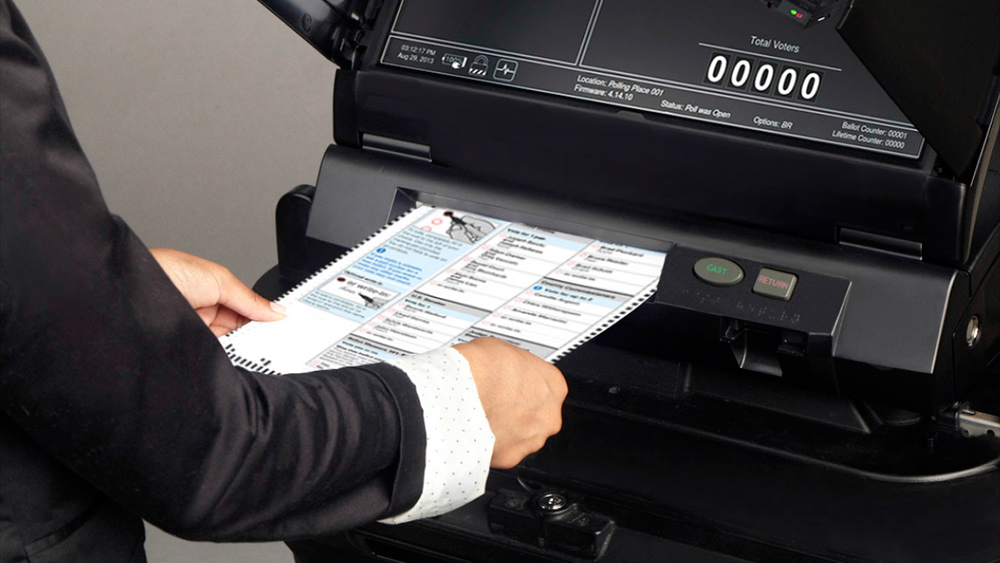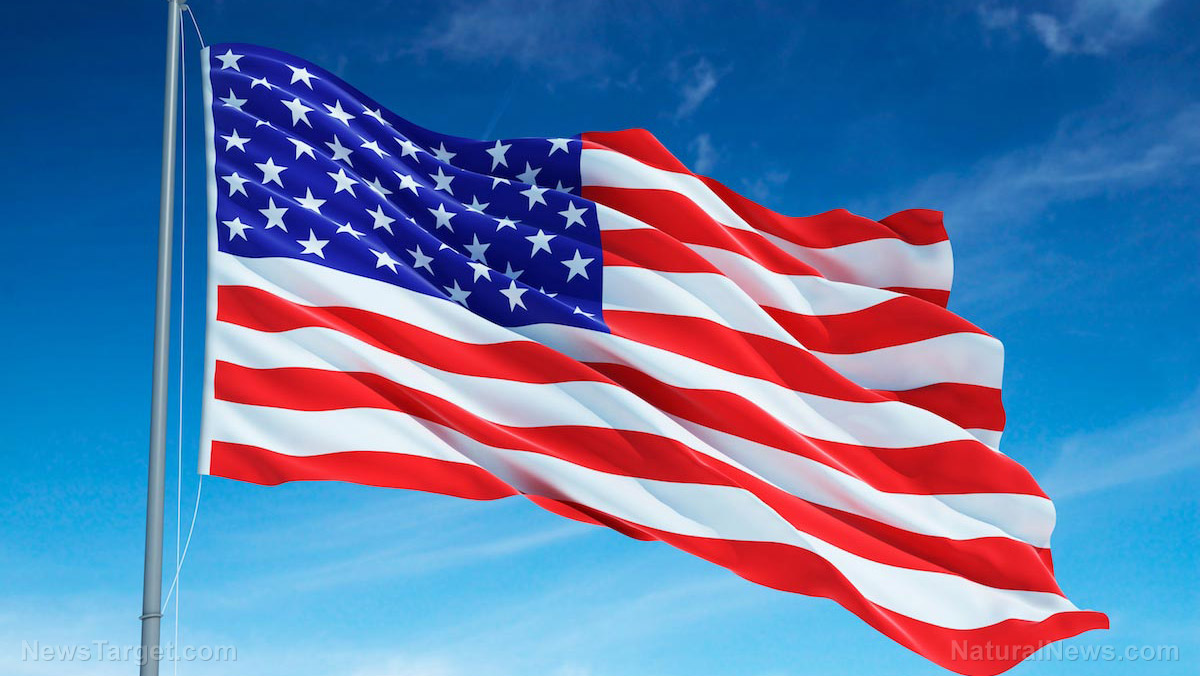Trump executive order to require drugs be made in the U.S. is reportedly imminent
07/07/2020 / By Cassie B.

An executive order is reportedly being prepared by the White House that will require that certain essential drugs are made within U.S. borders – and it’s a move that feels long overdue to many who are concerned about the country’s concerningly high dependence on China.
Sources told CNBC that the order could come out within days and is part of a wider effort to secure the supply chain across sectors viewed as being related to national security, such as medical supplies, drugs, defense equipment and semiconductors.
FDA Director for Drug Evaluation and Research Janet Woodcock testified before Congress in October that 72 percent of the pharmaceutical ingredient manufacturers that supply America are situated overseas, and 13 percent of them are in China.
When it comes to medications specifically, 90 percent of drugs in America are imported – and perhaps not surprisingly, most of them come from China. Lawmakers have been expressing concerns over the possibility of supply chain problems should American continue to depend on China for its medical resources.
On a visit to a distribution center in Pennsylvania last week, President Trump announced that he had signed an executive order that gave the U.S. International Development Finance Corporation the power to provide low-interest loans to firms that make pandemic-related supplies.
It’s a move that was welcomed by Representative Michael McCaul (R-Texas), who issued a statement saying that America has relied on China for far too long for essential goods like personal protective equipment and medical supplies.
He added: “We can’t bet Americans’ health and security on the potential malign decisions of our strategic adversary, the Chinese Communist Party.”
President Trump’s trade advisor, Peter Navarro, has said in the past that he would like to see an executive order that reduces America’s dependency on drugs made abroad. His executive order would streamline the regulatory approvals for products made in the U.S. and encourage U.S. government agencies like the Department of Health and Human Services, the Department of Veterans Affairs, and the Department of Defense to only buy medical products made in the U.S. It’s not clear if this is the same executive order as the one that is said to be imminent.
Concerns have been growing from lawmakers and the public, even before the pandemic, about just how reliant we are on China. National Economic Council Director Larry Kudlow has suggested that America “pay the moving costs” for businesses to leave China, and the Japanese government is already doing something similar.
Some businesses were already shifting away from China before the pandemic
Prior to the pandemic, more than 50 American companies already had plans in place to shift some of their production outside of China, with HP and Dell hoping to move 30 percent of their production elsewhere and Apple instructing suppliers to determine what they can move to other countries.
Last year, U.S. manufacturing imports from China fell 17 percent, while the early part of this year showed an even steeper drop. Nevertheless, those declines only brought imports back to the levels of 2016 and 2017; there’s still a long way to go.
The coronavirus pandemic has drawn more attention to America’s extensive dependency on China, and this should be just the push we needed to do something serious about the matter. It may be some time before the economy has recovered to the point where American businesses can afford to make a greater shift away from China, but the U.S. government starting with the pharmaceutical sector in the midst of a global health pandemic that originated in China is a pretty good start.
Sources for this article include:
Submit a correction >>
Tagged Under:
Big Pharma, China, drug manufacturing, economics, made in China, medical supplies, medication, pandemic, Pharmaceutical companies, Prescription drugs, trade
This article may contain statements that reflect the opinion of the author
RECENT NEWS & ARTICLES
Trump.News is a fact-based public education website published by Trump News Features, LLC.
All content copyright © 2018 by Trump News Features, LLC.
Contact Us with Tips or Corrections
All trademarks, registered trademarks and servicemarks mentioned on this site are the property of their respective owners.

